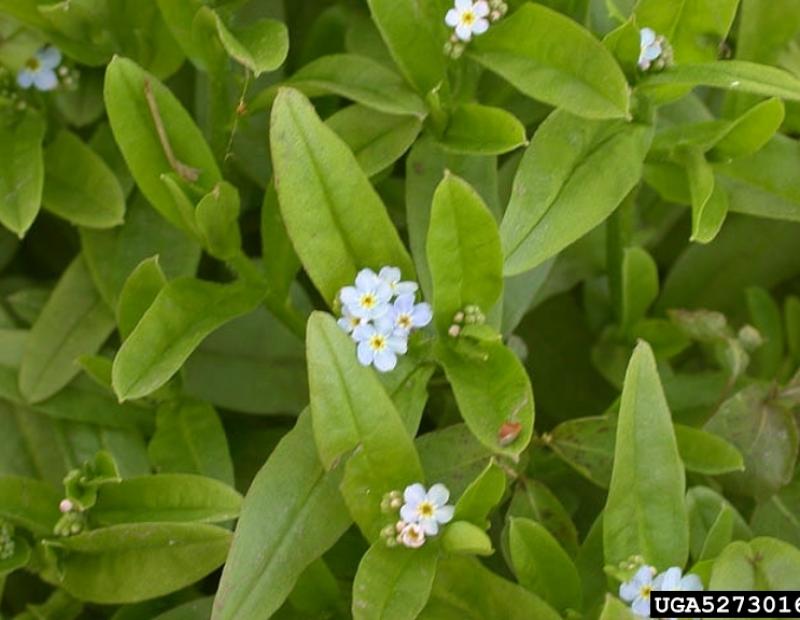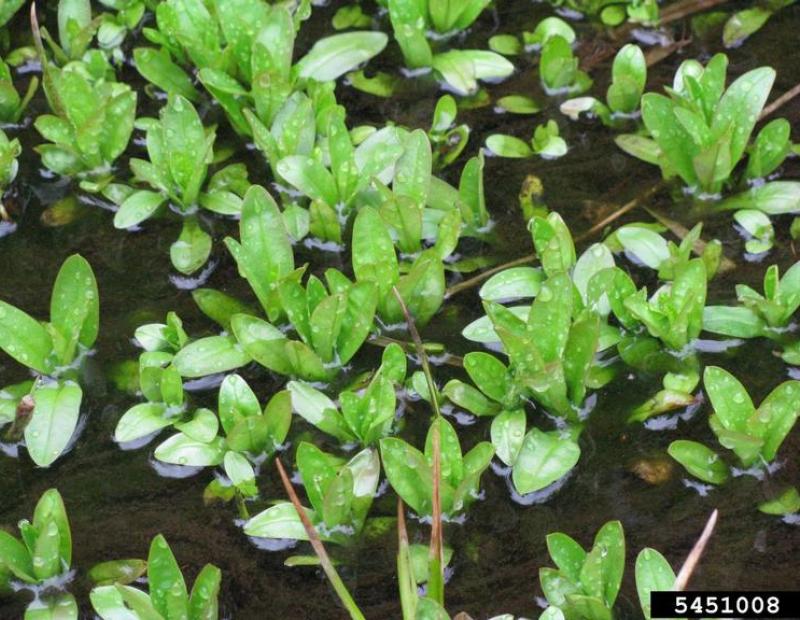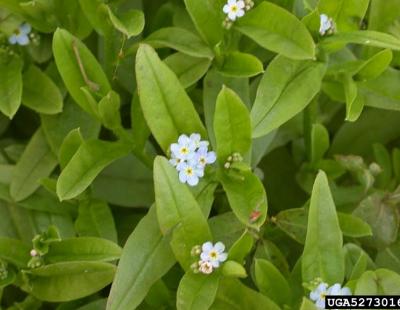- Terrestrial Plants
- Other Herbaceous
Myosotis scorpioides compete with native plants for space, sunlight, and nutrients. They tend to grow in large monocultures,which can significantly reduce populations of native plants. This ultimately decreases biodiversity of the area that they grow in. These plants also contain pyrrolizidine alkaloids, which are toxic to mammals and can cause weight loss, poor body condition and liver disease.
Forget-me-nots are native to most of Europe and the Western part of Asia. This plant was likely initially introduced to the United States because of intentional planting, as it was a popular garden plant. It has been documented widely in the United States, from Maine to as far South as Georgia, and west to Minnesota, South Dakota, Missouri, Arkansas and Louisiana. It has also been reported in many Western coastal states as well.
Myosogis scorpioides is an herbaceous perennial that grows between 8-20 inches in height. They tend to creep, and have fibrous roots or stolens. The lower leaves of the plant are typically oblanceolate, while the other leaves are usually more oblong or elliptic. At the base, these leaves are obtuse and narrow. These plants have distinguishable small blue flowers with yellow centers. These flower are flat and generally measure .25 inch wide. The racemes are terminally located and many-flowered. These flowers bloom between May and October.
Forget-me-nots thrive in wet environments, including shores, shallows, streambanks, and springs. They thrive best in organically rich soils and can grow in up to 3 inches of standing water. This plant is frequently seen along shores and in ditches. It can be found to grow in locations that have partial shade to full sun. This species has been reported in all New England states, and is widespread throughout the Lower Hudson region.









